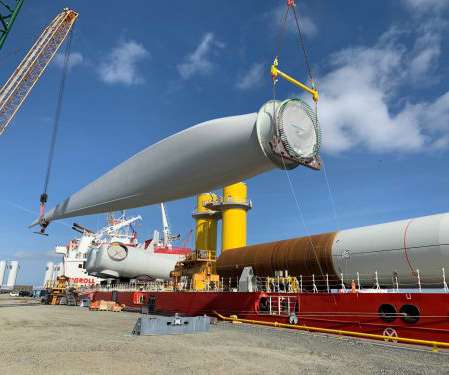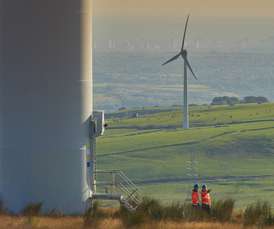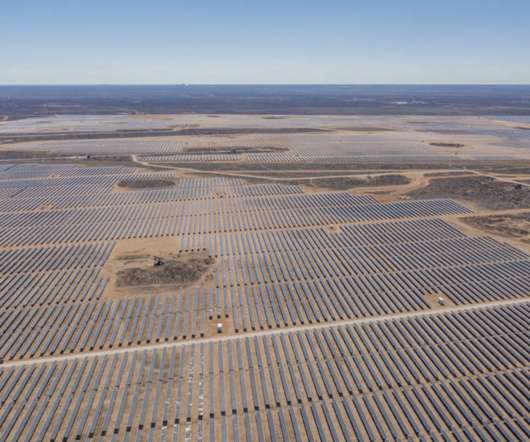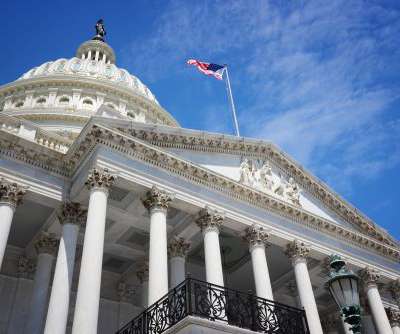Dominion Targets 24GW of Renewables and Storage in Move Toward Virginia’s Clean Energy Goals
GreenTechMedia
MAY 4, 2020
Dominion’s Virginia generation portfolio today is roughly one-third natural gas, one-third nuclear and one-quarter coal, with just over 5 percent ascribed to renewable energy, much of it hydropower and biomass. Major boosts for solar, offshore wind and energy storage.
















Let's personalize your content